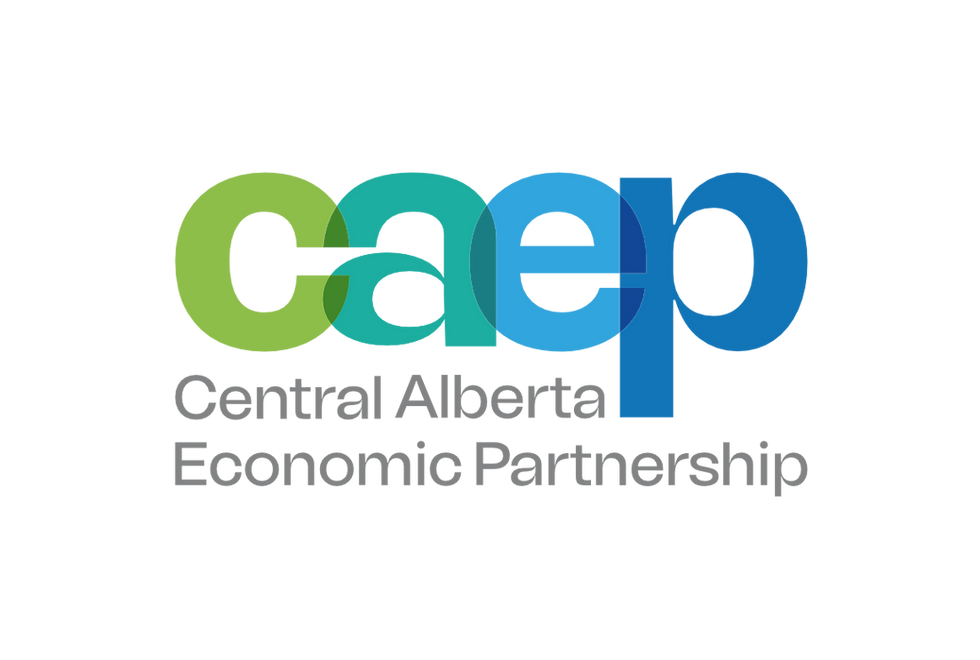Do you ever wonder what Economic Development actually is?
- CAEP Author
- Oct 10, 2017
- 3 min read
Updated: Nov 14, 2024
by Kimberley Worthington
Electing local councillors, mayors and reeves in your community is one of the most important voting opportunities. Local politics usually touches resident, business and home owners more than any other level of government. From licenses to permits to animal control and noise bylaws.
How you vote matters to you and your neighbours.
Candidates in your rural or urban community have perspectives about growth and development. Asking them their thoughts when they knock on your door or at a community forum can be one way to assess their possible approaches to issues facing your community.
Municipal economic development is of concern to many. Do you ever wonder what Economic Development actually is and what it accomplishes? You are not alone. This post highlights a few aspects about what it is, and how informed municipal candidates may answer questions about this evolving industry.
Why invest in economic development when municipal development permits are $50 million this year alone?
Economic Development is a long term game and although this year looks good, the development permit value may reflect a one off major project such as public infrastructure.
Development permits are only one piece of the economic development puzzle because the industry touches on everything from pigeon poop on window sills to multibillion dollar enterprises.
Business retention and success, resident retention and attraction, place making, transportation, export development, and economic diversification are also some key components to a successful economic development strategy.
Economic Development takes a long time to bear fruit. Communities need jobs now. What benefits come from economic development in the short term?
CAEP works with elected officials and economic development practitioners to identify opportunities and projects that are best positioned to create jobs now by ensuring that they are relevant and advanced as quickly as possible to yield return in the short term while laying the groundwork for sustainable growth in the long term. Small and medium sized business are the backbone of Alberta’s economy and with support from post-secondary institutions, incubators, and government programs, they can create jobs through expansion and diversification and with effective and inclusive human resource policies, are positioned well to attract and retain employees.
CAEP supports our municipal members through tools, resources, and training including a Roving Economic Development program. CAEP communities of all sizes use this service to advance regional economic development at the local level where they otherwise would not be able to do so.
Municipal governments have the responsibility of developing a business friendly environment through setting taxes, having an efficient planning and development team and competitive development costs (DCC). Building relationships with business is also key for a municipality as they can detect, earlier on, arising challenges. Municipalities can also develop a soft landing for new businesses by being a connector and providing resources upfront.
As a candidate, how would you utilize collaboration with organizations and other communities to ensure economic success locally and regionally?
The key is to identify strengths and attributes that each level of economic development brings to the table. Whether it is the local municipal department, lending institutions like Community Futures and BDC, business incubators and supports like Catapult Entrepreneurs and Rural Alberta Business Centre, Central Alberta: Access Prosperity, or CAEP, the Central Alberta regional economic development alliance- they all have unique functions. We need to ensure they work together and have clearly defined roles so we reach our common objectives regarding economic development.
Kimberley Worthington holds a Master’s degree in Political Science. She has worked in both the private and public sector, as well as in non-profit. With an entrepreneurial spirit, Kim loves seeing successful projects that support communities. Currently she holds the role of Executive Director for Central Alberta Economic Partnership working as a resource and a connector for over 35 municipal members.





Comments